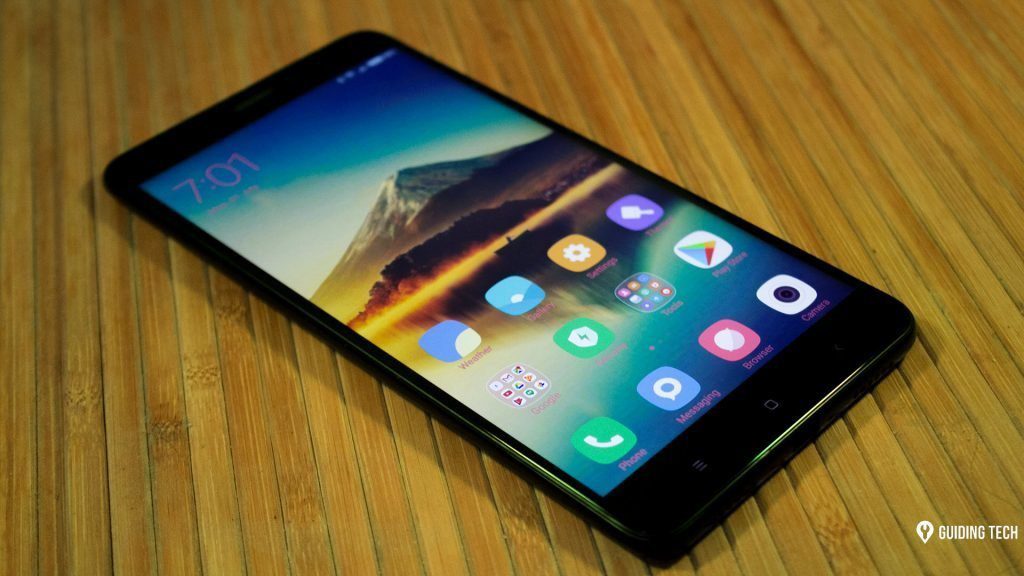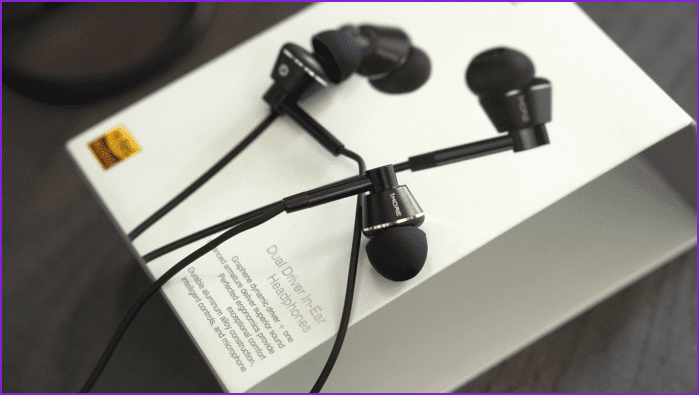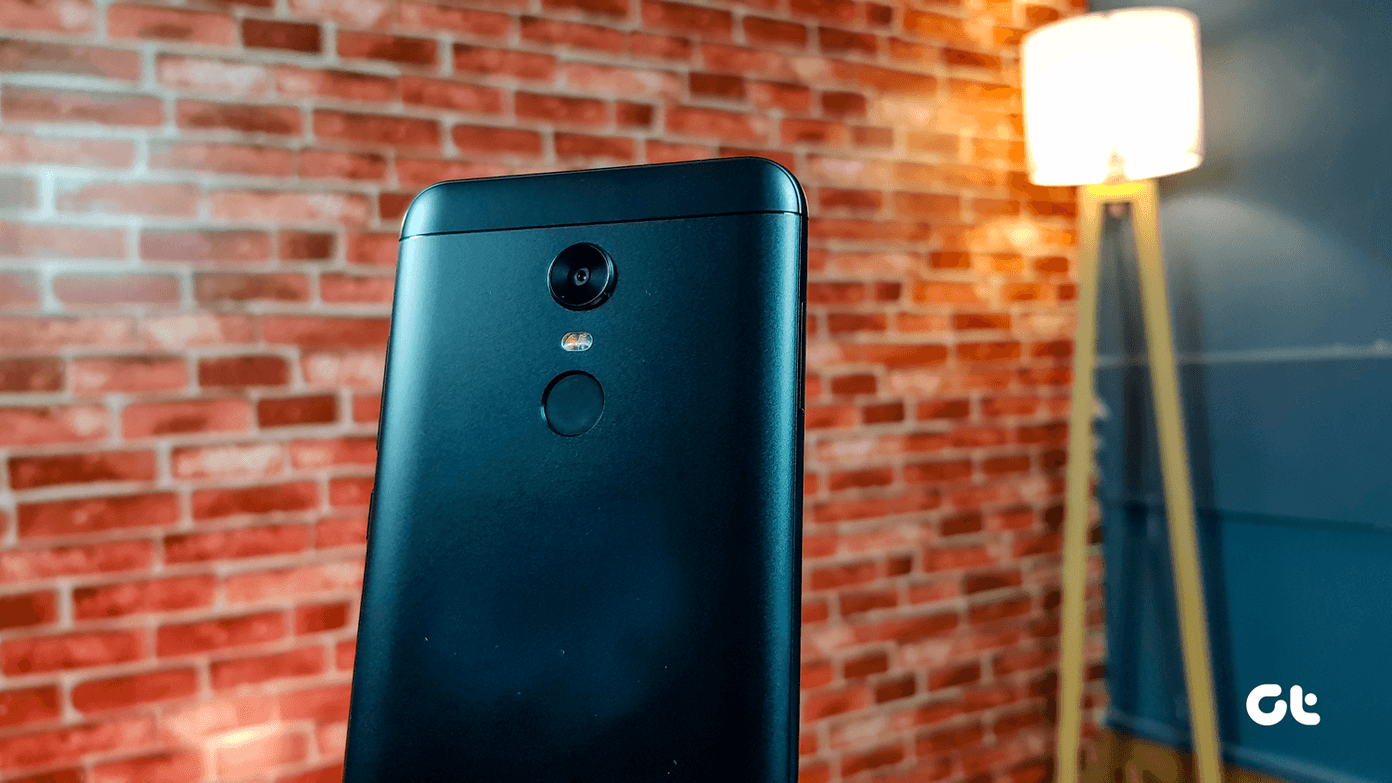The Xiaomi Mi A1 also brings in the power of stock Android, thanks to the Android One program — Google’s ambitious but not so popular Android standard. In fact, it’s being marketed with the tagline — ‘Created by Xiaomi and powered by Google’. The Mi A1 presents a plethora of amazing features. For starters, it packs a powerful processor, a premium design, and a flagship dual camera — all for a price tag of Rs 14,999. So, does the new Xiaomi Mi A1 live up to its promise of being a true trendsetter or is it just another dual camera phone running on a hype machine? Let’s find out.
Design
It wouldn’t be wrong to say that Xiaomi has been exploring different designs for its smartphones recently. Take, for example, the case of the sleek Redmi 4 or the Mi Max 2. With the Mi A1, Xiaomi has embraced similar design elements and borrowed a few from the likes of OnePlus 5 and Apple iPhone 7. The Mi A1 boasts of a 5.5-inch metal unibody with well-rounded corners and stylishly tapered edges. The glass front blends smoothly with the thin golden aluminum encasing while the rear curves gently to the sides giving it an overall smooth finish and a sleek look. Plus, the 2.5D curved Corning Gorilla Glass lends an extra edge to this stylish smartphone. During the launch event, Xiaomi had touted its discreet antenna lines. Though the antenna lines of the Mi A1 are in terms of the latest trend — being placed at the perimeter — they are far from discreet in the golden variant. The Ivory colored antenna lines stand out a tad too starkly. As said before, the Mi A1 sports a similar look to the iPhone 7 and this similarity extends to the placement of the rear camera. It’s dual camera also protrudes slightly from the body. However, the dual-tone LED flash, which is placed towards the left of the lens, breaks away from the pattern. Another entity at the back is the fingerprint sensor. The placement is just about perfect, just where your index finger would rest normally. It too is lined with a thin golden aluminum ring and has a nice chamfer to it. Speaking of fittings, you’ll find the volume rockers and the power button on the right, while the hybrid SIM tray is located on the left. The buttons are tactile and respond well to touch. The capacitive navigation buttons are backlit and located at the chin. But then, it goes without saying that no phone is perfect and the Mi A1 is not an exception. Though its finish at the rear is impeccable finish, the front of the phone is marred by thick bezels both on the sides and the chin. Moving on, the USB Type-C charging port is located at the bottom, flanked on one side by a neat looking set of speaker grills and a tiny microphone and the 3.5-mm headphone. Overall, the design of the Xiaomi Mi A1 isn’t revolutionary. In fact, a close look reminds you of the classic Xiaomi design aspects at the corners. But then, the Xiaomi Mi A1 is also one of the first premium looking phones released under the Android One program.
Display
With a pixel density of 408 dpi, the 5.5-inch LTPS FHD display of the Mi A1 is sharp and vivid. The color reproduction is almost at par with the likes of the Samsung Galaxy J7 Max, which is in the same price bracket. Moreover, the sunlight legibility is also neat. The Mi A1 renders excellent readability even in the medium brightness settings. However, at a lower screen brightness level, you might find a lot of glare. But it only catches the eyes if you are looking for it. Other than that, watching videos or movies on the Xiaomi Mi A1 is a delight, with great color reproduction and equally complementing sharpness.
Hardware and Performance
Xiaomi flocks to the Snapdragon 625 chipset like bees to honey –– was rightfully implied by Donovan Sung during the launch event. Similar to the Redmi Note 4 and the Mi Max 2, the Mi A1 is powered by an octa-core Snapdragon 625 chipset which clocks at 2.0-GHz and is coupled with 4GB-RAM and 64-GB of internal storage. The 2GHz octa-core 625 chipset is built on the 14-nm FinFET technology, making it more battery efficient with minimal heating. Adding to it, the Mi A1 also comes packed with dual pyrolytic graphite sheets which decreases device temperatures by as much as 2 degrees. Regarding the performance, we didn’t notice any stutters or lags during the week it was with us.
And as far as gaming is concerned, there was a noticeable stutter while playing Asphalt 8 (high graphics) — but it was still playable. The other games like Nova 3, Modern Combat and Ganster Vegas worked without breaking a sweat. When it comes to benchmark scores, the Mi A1 clocked a score of 833 on single-core and 3970 on multi-core on GeekBench 4 — while Antutu benchmarking tool clocked a score of 62959. For a device in the sub-Rs 15,000 range, it’s decent. Overall, the Mi A1 is a capable performer and will sail through the everyday tasks with ease. If you look around, not many smartphones in this price range sport the 625 chipset. Take the recent example of Vivo V7+, which is priced at Rs 21,990 but carries a Snapdragon 450 processor.
Software
The Xiaomi Mi A1 is one of the first phones made by Xiaomi that runs on stock Android (Nougat 7.1.2), thanks to the Android One program. Hence, it also made it the first Xiaomi phone that doesn’t run on the feature-rich MIUI ROM. One of the advantages of Google’s Android One program is that the Mi A1 will receive its security patches and software updates regularly and on time — a promise that Xiaomi alone wasn’t too good at keeping. Stock Android on a Xiaomi device means that you’ll have to let go off some standard Xiaomi functions such as Second Space or Xiaomi Security or the three-finger screenshot gestures. So, you might have to rely on a couple of third party apps to get your work done seamlessly. On the bright side, a pure Android experience means that you’ll get to enjoy Android Nougat in all its glory. Also, the Mi A1 doesn’t include any bloatware or apps from Xiaomi apart from the MIUI camera app and the Mi store.
Camera: The Power of Two
The Xiaomi Mi A1 is one of the latest phones to hop on the dual-camera bandwagon. Along with the dual camera setup, it boasts of 1.25-micron large pixels and a bokeh effect, akin to the OnePlus 5. The bokeh effect, in question, is achieved through a combination of f/2.2 wide-angle lens and a f/2.6 telephoto lens. These 12-MP lenses combine to give a greater field of depth, with the background softly blurring away. Besides, thanks to the telephoto lens, the Mi A1 also boasts of a 2x optical zoom and a 10x digital zoom. When it comes to picture quality, the Mi A1 produces admirable images considering its price range. Under normal light, the pictures are sharp and well-focused. The following samples might help you to understand the quality. However, when it comes to low-light photography, the quality takes a dip. Most of the pictures turn out to be grainy with a lot of noise. Apart from that, the Bokeh effect or the (portrait mode) is one of the prized features of this camera. The Mi A1 is capable of producing admirable images in the portrait mode. The color reproduction is natural and the edges are well-defined well. Moreover, the blur is balanced and doesn’t look out of place. Although Xiaomi had pointed out that the Mi A1 dual camera could be compared to the OnePlus 5’s portrait mode, it’ll take a couple of software updates for it to attain that level. However, it’s clearly on the victory path if you compare it with the dual camera setups of any device in the sub-Rs 20000 range. When it comes to capturing the shots, there’s a slight delay between two consecutive snaps. This is not much of an issue but may turn out to be annoying when you have to take some quick shots. The bottom line is that — the Xiaomi Mi A1 does come a great camera but it’s still a good few steps away from perfection.
Battery Life
It goes without saying that a good battery life is a driving force behind any good phone. The Xiaomi Mi A1 is powered by a 3080mAh battery and promises a decent battery life, thanks to its 625 chipset and stock Android optimization. On a regular day, it lasted slightly more than a day that involved voice calls, social media browsing and watching videos on YouTube. If you look at the screenshots above, you’ll find that the Mi A1 lasted for more than a day with a screen-on time of four hours. The charging medium includes a USB Type-C port and a cable which will take roughly 2-2.5 hours to fully charge the phone, owing to the lack of Qualcomm’s Quick Charging techniques. However, the process is ever so slightly fastened by the built-in Fast Charge.
Our Two Cents
Overall the Xiaomi Mi A1 is a great phone for the price for which it’s pitched. For Rs.14,999, you get a sleek premium looking phone with an impressive dual camera setup, a good processor, decent battery and VoLTE support. Plus, with the Xiaomi Mi A1 embracing the Android One platform, it’ll have its own share of regular updates and patches — with Android Oreo soon making its way to the device. It is the MIUI features which you might miss a bit if you are seasoned Xiaomi user. In hindsight, if the 64-GB of internal storage doesn’t seem sufficient, there’s always the option to upgrade. But hey! Don’t forget to mount a protective back casing. See Next: Moto G5 Plus vs Redmi Note 4: Which is Better Worth for Your Money? The above article may contain affiliate links which help support Guiding Tech. However, it does not affect our editorial integrity. The content remains unbiased and authentic.
































